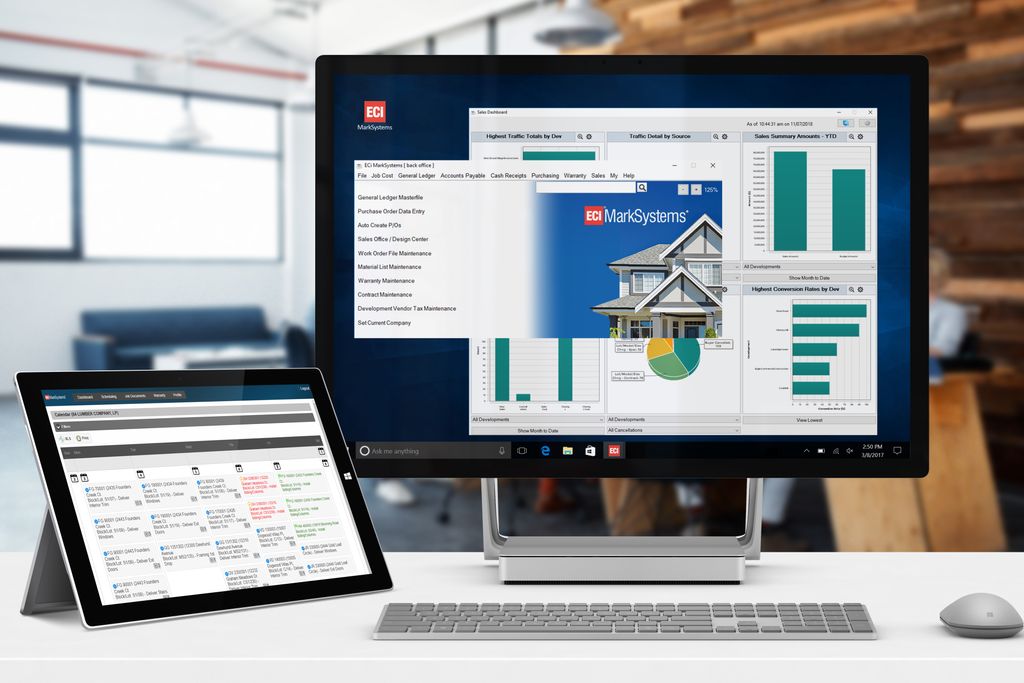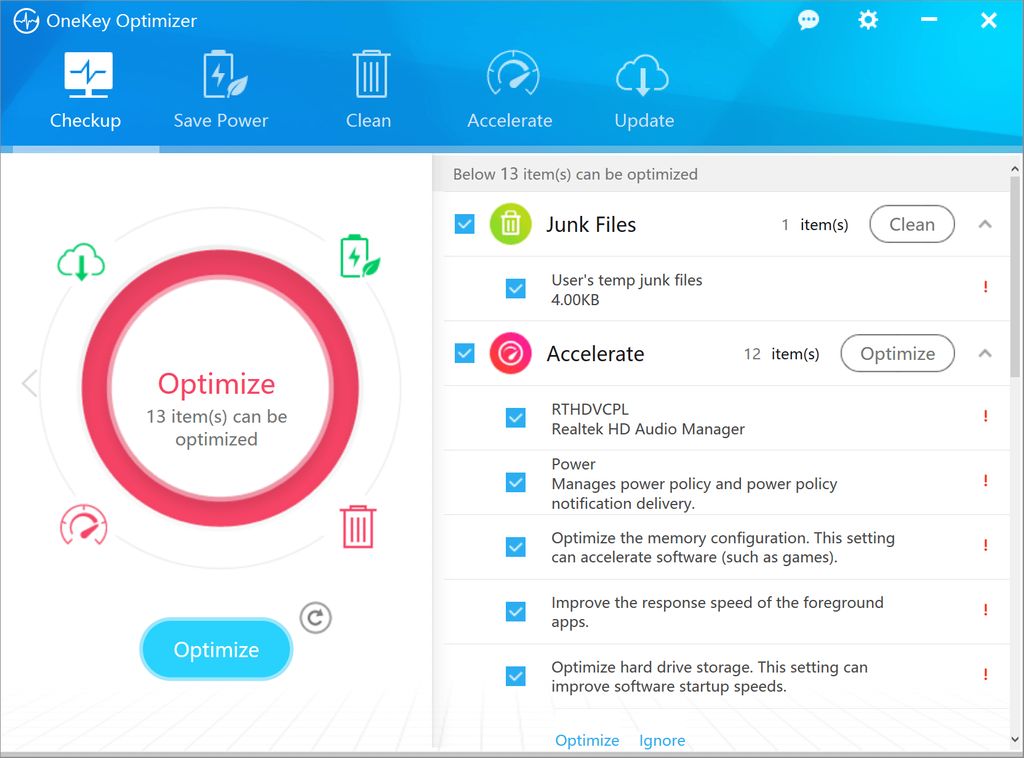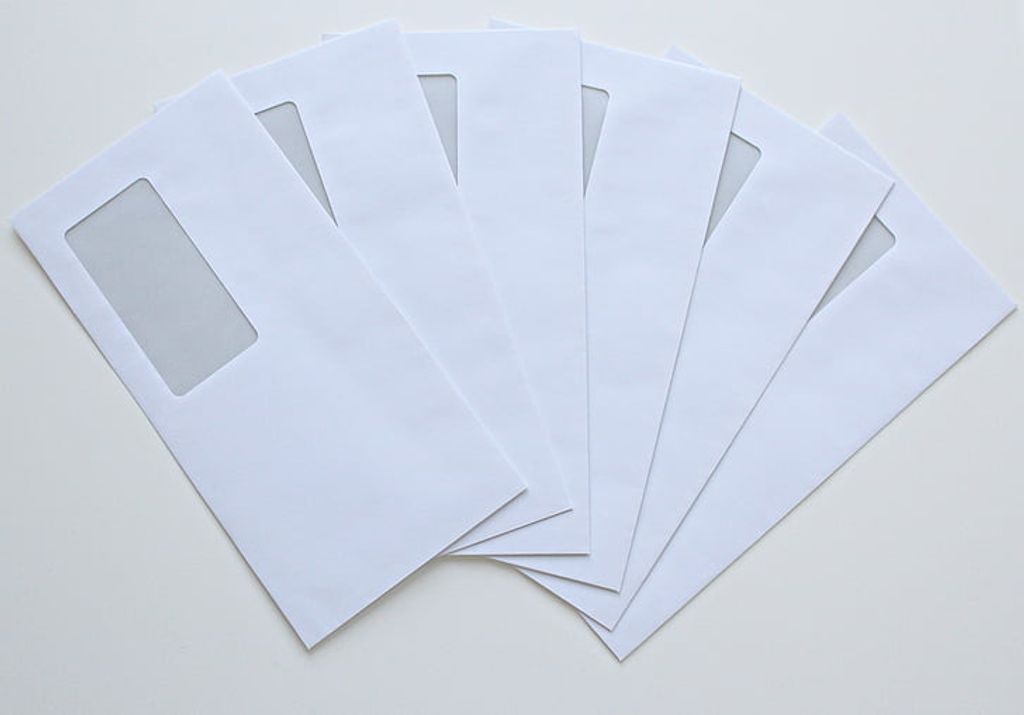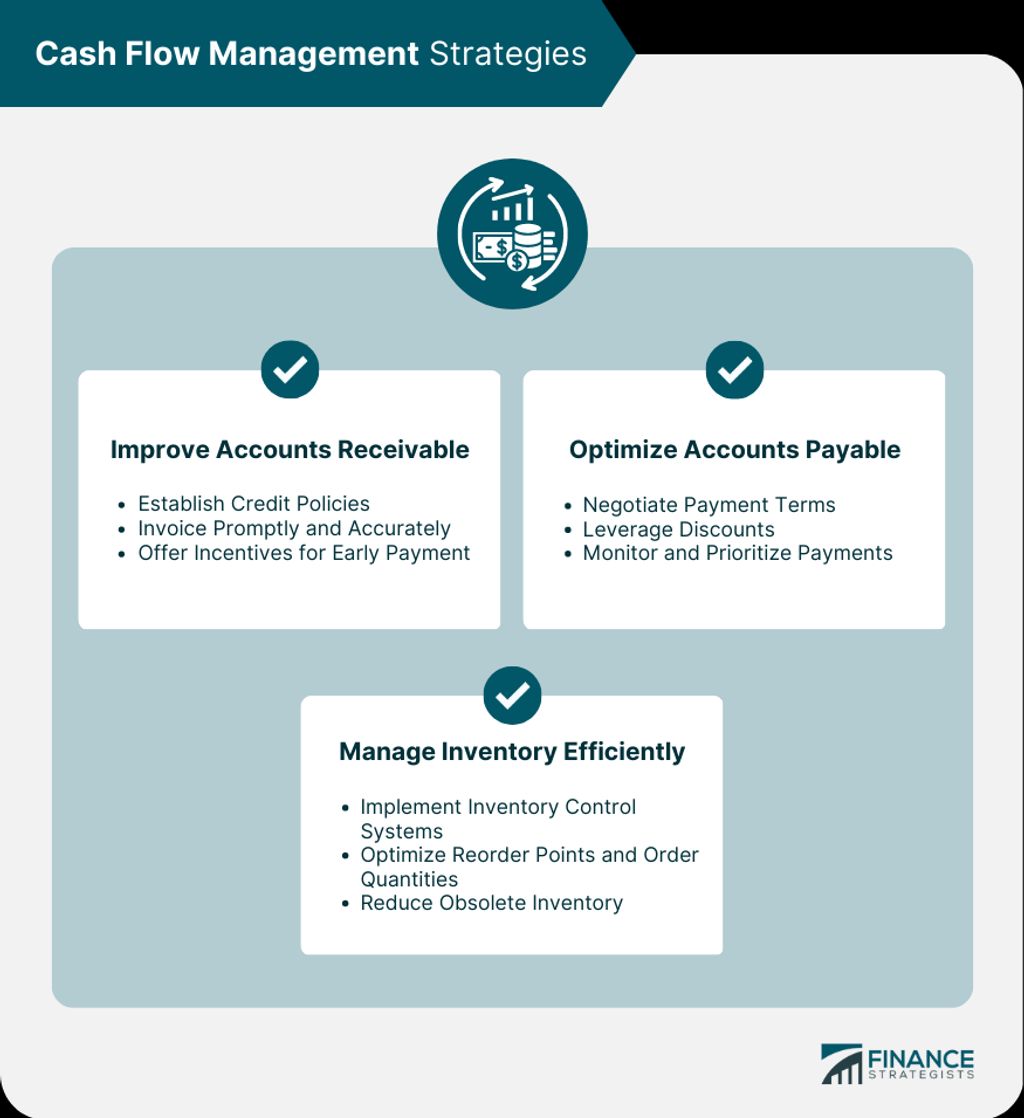
Managing scholarly emails can be a daunting task for researchers. The volume of emails, the need for organization, and the importance of not missing important messages can make email management overwhelming. However, with the help of scholarly email sorting software, researchers can effectively sort and manage their emails. This article explores the importance of organizing scholarly emails, key features of scholarly email sorting software, considerations for choosing the right software, best practices for organizing emails, and case studies highlighting the benefits of email sorting software.

Managing scholarly emails can be a daunting task for researchers. With the constant influx of emails from colleagues, publishers, and conferences, it can be difficult to keep track of important information and prioritize tasks. Researchers often find themselves spending a significant amount of time searching for specific emails or important attachments, which can hinder their productivity.
To overcome these challenges, researchers need a reliable system for organizing their emails. This system should not only categorize emails based on their content, but also provide intelligent filtering and tagging options. By implementing such a system, researchers can save time and ensure that important emails are easily accessible when needed.
Here are some strategies that researchers can use to manage their scholarly emails effectively:
By implementing these strategies, researchers can streamline their email management process and focus more on their research work.
Organizing scholarly emails offers several benefits for researchers. Improved efficiency is one of the key advantages. By categorizing and sorting emails, researchers can easily locate important information and prioritize their tasks. This saves time and ensures that no important emails are missed. Another benefit is reduced information overload. Researchers receive a large volume of emails, including notifications, updates, and collaboration requests. By organizing emails, researchers can filter out irrelevant messages and focus on the ones that are relevant to their work.
Researchers often face several challenges when it comes to managing their scholarly emails. One common issue is the overwhelming amount of emails they receive on a daily basis. With numerous collaborations, conference invitations, and publication updates, researchers can easily get lost in their inbox. Another challenge is the lack of organization, which makes it difficult to find important emails when needed. Additionally, researchers may struggle with email overload, spending a significant amount of time sorting through irrelevant messages.
Scholarly email sorting software utilizes advanced algorithms and machine learning techniques to automatically categorize and organize incoming emails. By analyzing the content, sender, and other metadata, the software can determine the relevance and priority of each email. It then assigns appropriate labels or tags to help users quickly identify and locate specific emails.
The software also offers intelligent filtering capabilities, allowing users to set up rules and preferences for email sorting. This ensures that important emails are prioritized and displayed prominently, while less important ones are filtered into separate folders or marked as low priority.
Additionally, scholarly email sorting software can integrate with research management tools, such as reference managers or project management platforms. This integration enables seamless synchronization of emails with other research-related tasks and helps researchers stay organized.
Users can customize the sorting rules based on their specific needs and preferences. This flexibility allows researchers to tailor the software to their unique workflows and optimize email management efficiency.

Automated email categorization is a key feature of scholarly email sorting software. It allows researchers to automatically classify incoming emails into predefined categories based on various criteria. This saves time and effort by eliminating the need for manual sorting. With automated email categorization, researchers can easily prioritize and organize their emails, ensuring that important messages are not overlooked.
One popular software that offers automated email categorization is Trimbox. Trimbox provides a user-friendly interface that allows researchers to set up rules and filters to automatically categorize their emails. Researchers can define specific keywords, senders, or subject lines to determine the category of each email. This ensures that emails related to specific projects, collaborations, or publications are automatically sorted into the appropriate folders or labels.
In addition to automated categorization, Trimbox also offers other features such as intelligent filtering and tagging, integration with research management tools, and customizable sorting rules. These features further enhance the efficiency and effectiveness of email management for researchers.
Intelligent filtering and tagging are key features of scholarly email sorting software. These features allow users to automatically categorize and organize their emails based on predefined criteria. With intelligent filtering, the software can analyze the content of incoming emails and apply filters to sort them into relevant categories. This helps researchers prioritize and focus on important emails, saving time and reducing information overload.
Tagging, on the other hand, allows users to assign labels or tags to emails, making it easier to search and retrieve specific emails later. Researchers can create custom tags based on their own classification system or use predefined tags provided by the software. This feature enhances organization and facilitates efficient email management.
In addition to intelligent filtering and tagging, scholarly email sorting software may also offer other advanced features such as email prioritization, spam filtering, and integration with research management tools.
Scholarly email sorting software offers seamless integration with popular research management tools, allowing researchers to streamline their workflow and access all relevant information in one place. With this integration, researchers can easily import and export emails, attachments, and metadata between the email sorting software and their preferred research management tool. This ensures that all communication related to a specific research project is organized and easily accessible, saving researchers valuable time and effort.
Customizable sorting rules are a key feature of scholarly email sorting software. These rules allow researchers to personalize the way their emails are organized and categorized. With customizable sorting rules, researchers can define specific criteria for sorting their emails, such as sender, subject, keywords, or attachments. This flexibility enables researchers to create a sorting system that aligns with their unique preferences and needs.

When choosing a scholarly email sorting software, researchers should consider several factors to ensure it meets their specific needs. Compatibility with their email provider is crucial to ensure seamless integration and efficient email management. A user-friendly interface is also important, as it allows researchers to easily navigate and utilize the software's features. Additionally, researchers should prioritize software that offers robust security and privacy features to protect sensitive research data. Finally, researchers should evaluate the software's ability to handle large volumes of emails and provide customizable sorting rules to tailor the organization system to their preferences.
When choosing a scholarly email sorting software, it is important to consider its compatibility with different email providers. Gmail, Outlook, and Apple Mail are some of the popular email providers used by researchers. The software should seamlessly integrate with these providers to ensure smooth email management.
Additionally, researchers may have specific requirements based on their institution or organization. It is crucial to check if the software supports the email provider used by the researcher's institution. Some software may have limitations or compatibility issues with certain providers.
To help researchers make an informed decision, here is a table summarizing the compatibility of some popular scholarly email sorting software with different email providers:
This table provides a quick overview of the compatibility of different software options with popular email providers. Researchers can use this information to choose a software that best suits their needs and integrates seamlessly with their preferred email provider.
A user-friendly interface is crucial for effective scholarly email sorting. Researchers need a software that is intuitive and easy to navigate, allowing them to quickly find and organize their emails. Simplicity is key, with clear labeling and straightforward options for creating folders, applying filters, and managing email categories. Additionally, a visually appealing interface can enhance the user experience and make the email sorting process more enjoyable.
When choosing a scholarly email sorting software, it is crucial to consider the security and privacy features it offers. Protecting sensitive research data and maintaining confidentiality are top priorities for researchers. Look for software that encrypts emails and attachments to ensure they cannot be intercepted or accessed by unauthorized individuals. Additionally, the software should have robust authentication measures to prevent unauthorized access to your email account. Regular software updates and strong password requirements are also important for maintaining the security of your scholarly emails.

Creating folders and labels is a fundamental step in organizing scholarly emails. By categorizing emails into specific folders and applying labels, researchers can easily locate and manage their correspondence. Folders act as containers for related emails, while labels provide additional context and organization. Here are some best practices for creating folders and labels:
By implementing a well-structured folder and label system, researchers can easily navigate their email inbox and quickly locate important correspondence.
When organizing scholarly emails, one effective strategy is to use filters and rules. Filters allow you to automatically sort incoming emails based on specific criteria, such as sender, subject, or keywords. By setting up filters, you can ensure that important emails are prioritized and easily accessible.
Additionally, rules can be used to perform specific actions on incoming emails, such as marking them as read, forwarding them to another email address, or categorizing them into specific folders. Rules provide a way to automate repetitive tasks and streamline your email management process.
To make the most of filters and rules, consider the following tips:
By utilizing filters and rules effectively, you can significantly improve the organization and efficiency of your scholarly email management.
When it comes to managing scholarly emails, it is important to regularly archive and delete unnecessary emails. This helps to keep your inbox organized and prevent it from becoming cluttered. Here are some tips for effectively archiving and deleting emails:
Tip: Deleting unnecessary emails not only helps to declutter your inbox but also improves email management efficiency.
By following these practices, you can maintain a well-organized email system and easily find the emails you need when conducting research.
Regularly reviewing and updating your sorting system is essential to ensure its effectiveness and efficiency. As your research progresses and your email communication evolves, it is important to adapt your sorting system to meet your changing needs. Here are some best practices for reviewing and updating your sorting system:

Efficient email management is crucial for researchers to stay organized and focused. With the help of scholarly email sorting software, scholars can streamline their email workflow and save valuable time. By automating the process of categorizing and filtering emails, researchers can easily prioritize and respond to important messages. This software also allows for intelligent tagging, making it easier to locate specific emails or information when needed.
In addition, scholarly email sorting software offers integration with research management tools, providing a seamless workflow for researchers. This integration allows for easy transfer of important emails and attachments to project folders, ensuring that all relevant information is stored in one centralized location.
To further enhance efficiency, researchers can customize sorting rules based on their specific needs. This customization allows for personalized email organization, ensuring that important emails are easily accessible and less important ones are appropriately categorized or archived.
By implementing scholarly email sorting software, researchers can significantly improve their efficiency in email management, allowing them to focus more on their research and less on the overwhelming task of organizing their inbox.
Enhanced collaboration and knowledge sharing are crucial for researchers working in academic environments. With the help of scholarly email sorting software, researchers can easily share relevant emails and information with their colleagues and collaborators. This software allows users to categorize and tag emails based on their content, making it easier to locate and share important research findings, articles, and data.
In addition, scholarly email sorting software often integrates with other research management tools, such as reference managers and project management platforms. This integration enables seamless collaboration and knowledge sharing among team members, as they can easily access and reference relevant emails and attachments.
To further enhance collaboration, researchers can utilize features like shared folders and collaborative tagging. These features allow multiple users to access and contribute to a shared repository of emails, ensuring that everyone is up to date with the latest research developments and findings.
Overall, scholarly email sorting software plays a vital role in facilitating enhanced collaboration and knowledge sharing among researchers, leading to more efficient and productive academic workflows.
A streamlined literature review process is essential for researchers to efficiently gather and analyze relevant scholarly articles. By using scholarly email sorting software, researchers can automate the organization of their email inbox, making it easier to locate and access important research papers.
One effective way to streamline the literature review process is by implementing a table to present structured, quantitative data. Researchers can use a table to summarize key information such as the title, authors, publication year, and key findings of each article. This allows for quick comparison and identification of relevant papers.
In addition to using tables, researchers can also utilize a bulleted list to highlight qualitative points or steps in the literature review process. This can include steps such as identifying research gaps, evaluating the methodology of studies, and synthesizing findings.
Tip: When conducting a literature review, it is important to regularly update the sorting system in the scholarly email sorting software. This ensures that new articles are properly categorized and easily accessible for future reference.
Reducing information overload is a key benefit of using scholarly email sorting software. With the increasing volume of emails received by researchers, it can be overwhelming to keep track of important information and filter out irrelevant messages. By implementing intelligent filtering and tagging features, the software helps researchers prioritize and focus on the most relevant emails. This not only saves time but also ensures that important communications and opportunities are not missed.
In addition, the software can assist in decluttering the inbox by automatically identifying and unsubscribing from junk emails and mailing lists. This helps researchers maintain a clean and organized email environment, reducing the chances of important emails getting buried in a sea of irrelevant messages.
To further enhance efficiency, the software allows for mass deletion of old emails, freeing up valuable storage space and reducing clutter. Researchers can easily identify and delete outdated or unnecessary emails, keeping their inbox streamlined and easier to navigate.
Overall, scholarly email sorting software plays a crucial role in reducing information overload for researchers, enabling them to stay organized, focused, and productive in their scholarly pursuits.
In conclusion, this software provides a convenient solution for sorting scholarly emails. With its advanced algorithms and user-friendly interface, researchers can easily organize their inbox and prioritize important messages. By utilizing the power of machine learning, the software can intelligently categorize emails based on their content and relevance. This not only saves time but also ensures that no important information is missed. Efficiency is the key benefit of this software, allowing researchers to focus on their work without the distraction of a cluttered inbox. Try it out today and experience the difference it can make in your email management!
Yes, most scholarly email sorting software can be integrated with popular email providers such as Gmail, Outlook, and Yahoo Mail.
Yes, scholarly email sorting software often allows users to create and customize sorting rules based on their specific needs and preferences.
Automated email categorization in scholarly email sorting software uses machine learning algorithms to analyze the content and metadata of emails and assign them to relevant categories or folders.
Yes, by automatically organizing and filtering emails, scholarly email sorting software can help researchers prioritize and focus on the most important messages, reducing information overload.
Yes, reputable scholarly email sorting software prioritizes security and privacy, ensuring that user data and email contents are protected.
Yes, by allowing easy sharing and tagging of emails, scholarly email sorting software can enhance collaboration and knowledge sharing among researchers.